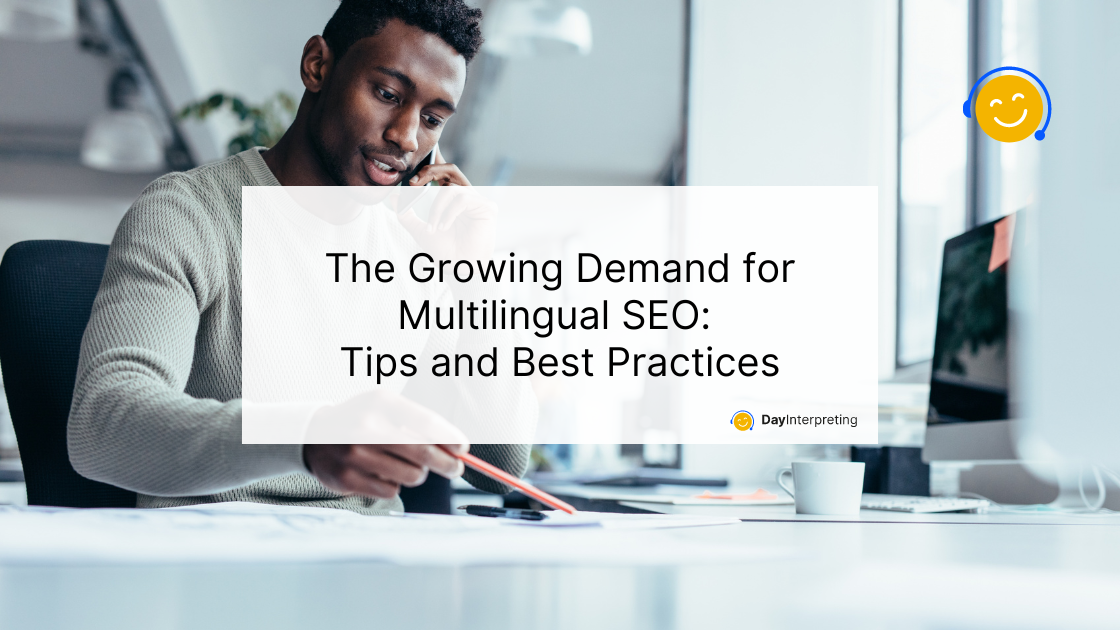As the internet becomes a global marketplace, businesses need to communicate with customers in multiple languages. This is where Multilingual SEO (Search Engine Optimization) comes in. Multilingual SEO helps websites rank higher on search engines in different languages, reaching a broader audience. Let’s dive into why this is important and some tips to get you started.
Why Multilingual SEO Matters
Reaching a Global Audience
The internet connects people from all around the world. Not everyone speaks English, so if your website is only in English, you might miss out on a lot of potential customers. By using Multilingual SEO, you can make sure your website is visible to people in different countries and languages.
Building Trust and Credibility
When people can read your website in their own language, it builds trust. They’re more likely to stay on your site, explore your products or services, and make a purchase. It shows that you care about your customers and want to provide them with the best experience.
Boosting Your Sales
A wider audience means more potential sales. By reaching people in their native languages, you can increase your chances of converting visitors into customers. Multilingual SEO can help drive traffic to your site and boost your sales figures.
Tips for Effective Multilingual SEO
Research Your Target Audience
Before you start translating your website, research your target audience. Which languages do they speak? What are their cultural preferences? Understanding your audience will help you create content that resonates with them.
Use Professional Translators
Automated translation tools can be helpful, but they often miss the nuances of language. Hiring professional translators ensures that your content is accurate and culturally appropriate. This makes your website more appealing and trustworthy.
Optimize for Local Keywords
Keywords are the foundation of SEO. When optimizing your website for different languages, make sure to use keywords that people in those regions actually search for. This might require some research, but it’s worth the effort to get it right.
Create Separate URLs for Each Language
Having a clear structure for your multilingual site is important. Create separate URLs for each language version of your website. For example, use “example.com/fr” for French and “example.com/es” for Spanish. This helps search engines understand which language your content is in.
Use Hreflang Tags
Hreflang tags tell search engines which language and region a webpage is intended for. This helps search engines serve the right version of your site to the right audience. Make sure to add hreflang tags to each page of your multilingual site.
Localize Your Content
Localization goes beyond translation. It involves adapting your content to fit the cultural context of your audience. This includes using local units of measurement, currency, and even adjusting images and colors to match cultural preferences. Remember that SEO for local businesses requires tailoring content to local preferences, from language to visuals, ensuring relevance and engagement.
Don’t Forget About Technical SEO
Technical SEO is just as important for multilingual websites. Make sure your site is fast, mobile-friendly, and easy to navigate. Use meta tags, alt text for images, and ensure your site is free from technical errors.
Best Practices for Multilingual SEO
Regularly Update Your Content
Search engines favor fresh content. Regularly updating your site shows that it’s active and relevant. To keep your content current, make sure to update all language versions of your site.
Monitor Your Performance
Use tools like Google Analytics to track the performance of your multilingual site. Monitor traffic, bounce rates, and conversions for each language version. This will help you identify what’s working and where to improve.
Engage with Your Audience
Engage with your audience through social media, comments, and feedback forms. Respond to their questions and comments in their language. This shows that you value their input and are committed to providing a great user experience.
Stay Informed About SEO Trends
SEO is always evolving, so staying informed about the latest trends and best practices is important. To keep your knowledge up to date, follow SEO blogs, attend webinars, and participate in online forums.
Final Thoughts
Multilingual SEO is essential for businesses looking to expand their reach and connect with a global audience. By following these tips and best practices, you can create a multilingual website that ranks well on search engines, builds trust with your audience, and boosts your sales. Remember to always prioritize your audience’s needs and stay informed about the latest SEO trends to stay ahead of the competition.





0 Comments